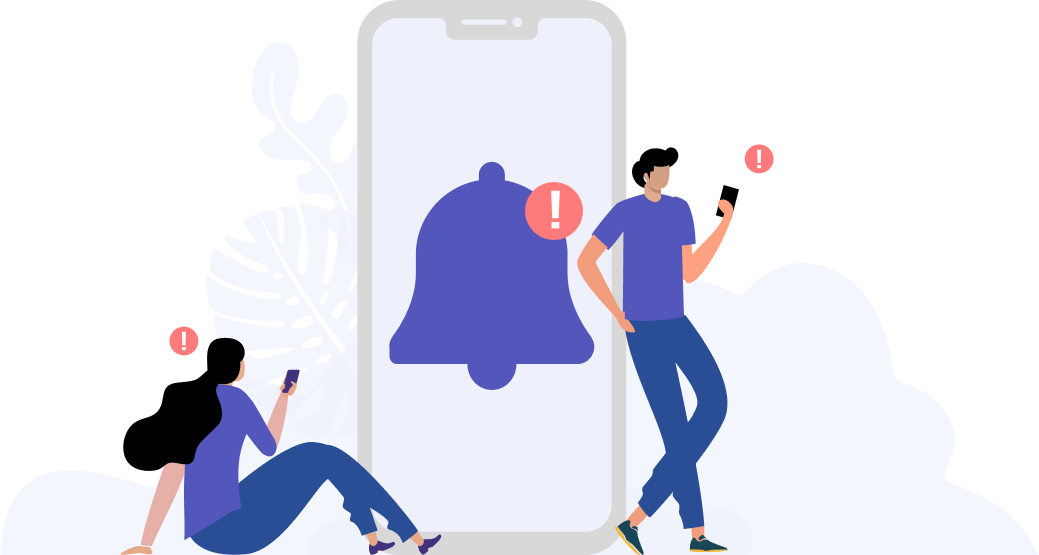Myth Busted: Myopia is not just an Asian problem
The prevalence of myopia is on the rise globally
If you compare your childhood class photos to the class photos of your children today, you may notice something strange. Has the number of kids wearing glasses drastically gone up?
In fact, the prevalence of myopia (short-sightedness) globally has been steadily increasing over the past two decades. In the year 2000, 23% of the global population had myopia. Currently, 34% of the world’s population have myopia and this number is expected to increase to 50% (or half of the world’s population) by 2050.

Why is myopia so commonly associated with Asia?
You may have heard or seen claims about myopia being a major problem in Asia, especially in East and Southeast Asian countries. Those claims may be warranted, given that as many as 80-90% of teenagers and young adults in some developed Asian countries, including Singapore, Hong Kong, Taiwan and South Korea have myopia.
Compared to countries in Europe and the United States, where myopia now affects up to 40% of the population, it should come as no surprise then, that Asia frequently takes centre stage in discussions surrounding myopia.
However, myopia does not discriminate
We must always keep in mind that myopia affects people of every age, gender and race in every country. In the UK, the prevalence of myopia among children has more than doubled in the last 50 years, while in the US, the rate has doubled in the last 30 years. In other parts of Asia such as India, the prevalence of myopia in primary and secondary school children has almost doubled in the short span of 15 years.
Although the prevalence rate of myopia in Asian populations is higher than that of Western populations, recent research has shown that these differences are mainly due to environmental exposures, including more time spent on near work activities and the limited time spent on outdoor activities that children in Asia are exposed to.
So while you may have heard Singapore being labelled as the myopia capital of the world, myopia is not just a problem in Asia, but it can affect everyone from all walks of life.
What can you do?
For a start, take your children out for a walk at the park to get that daily dose of outdoor activity. When your children are studying, reading or using their mobile devices, remind them to keep a safe distance from their eyes and also take regular eye breaks. For parents who need an extra pair of eyes to help monitor their children’s mobile device use, the planoApp might just be the solution for you, with its in-built science-based reminders to make sure that children are using their mobile devices in a healthy manner.
Tools Designed for Healthier Eyes
Explore our specifically designed products and services backed by eye health professionals to help keep your children safe online and their eyes healthy.





